Startup Journey
The idea for Photogen AI came during my gap year. After an internship in a US startup, I wanted to try building something by myself. At the same time, Generative AI was exploding. When a friend suggested starting a project together, we jumped in and decided to launch a company around it.
The concept was simple but ambitious: allow customers to generate realistic, high-quality photos of themselves with AI. At the time, dozens of “AI avatar” apps were popping up, but none were producing results that looked professional. That gap became our opportunity.
I joined the adventure at the end of December 2022, and by February 2023, we had launched our first app. From there, we worked on communication and marketing, invested in ads, and started talking to early customers. The traction was rather low, and by April 2023 we realized that a pure B2C might not be a good idea for us. We lacked the knowledge in marketing and sales to directly target customers. We decided to pivot toward B2B collaborations, working with other companies that wanted to integrate our AI technology. We started discussions with one, did some work, but negotiations stalled. By June 2023, we decided to shut down the company and move on to other projects.
At Photogen AI, I was responsible for the core technology. Our team was small and focused: three developers on the app, one person on marketing, and myself as the ML and MLOps engineer. I worked on fine-tuning diffusion models for each customer, building the inference pipeline, and pushing forward the R&D that powered the product.
All of this happened while I was still doing my internships during the day. It often meant working late into the night on Photogen, which was exhausting at times but also incredibly exciting.
Looking back, it was an intense six-month journey: launching fast, iterating, pivoting, and finally deciding to stop. Even though Photogen AI didn’t last, the experience taught me a lot about moving from research to production, building under pressure, and what it takes to transform cutting-edge AI into an actual product.
Here is an interview about Photogen AI:
Technical Highlights
DreamBooth for Realistic Images
When DreamBooth (CVPR 2023) came out, most apps used it to create cartoonish or stylized avatars. We pushed the method toward realistic, photorealistic results.
With the right fine-tuning tricks, we managed to get results that felt like actual photos rather than AI caricatures:
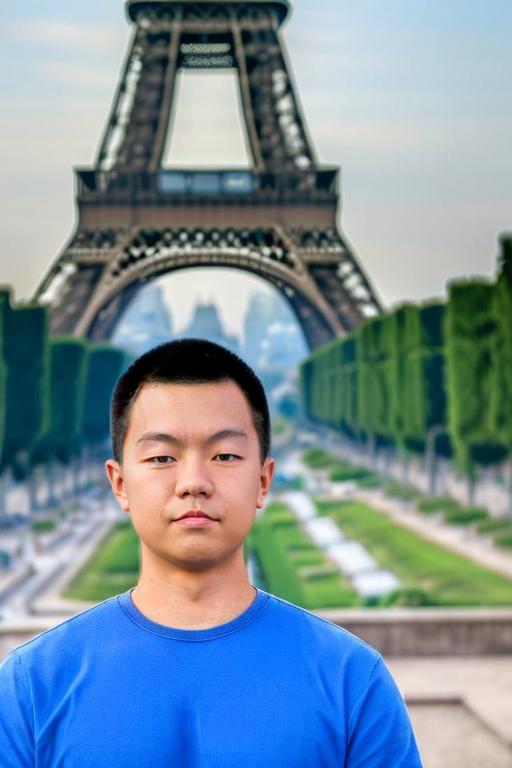

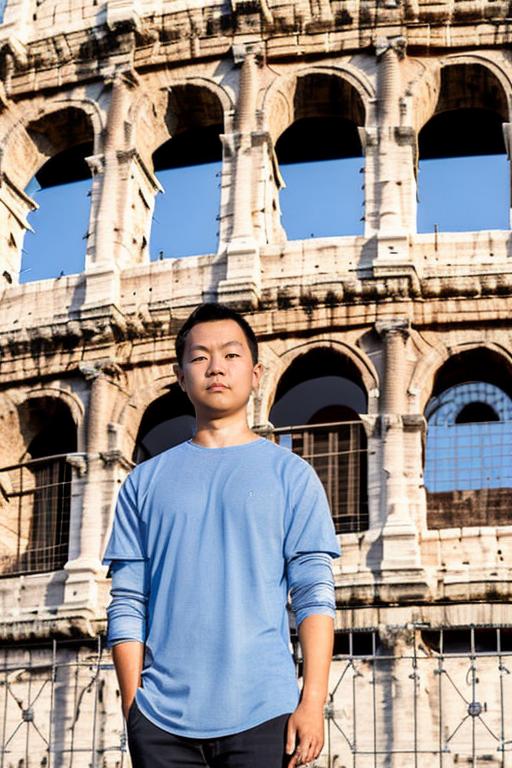
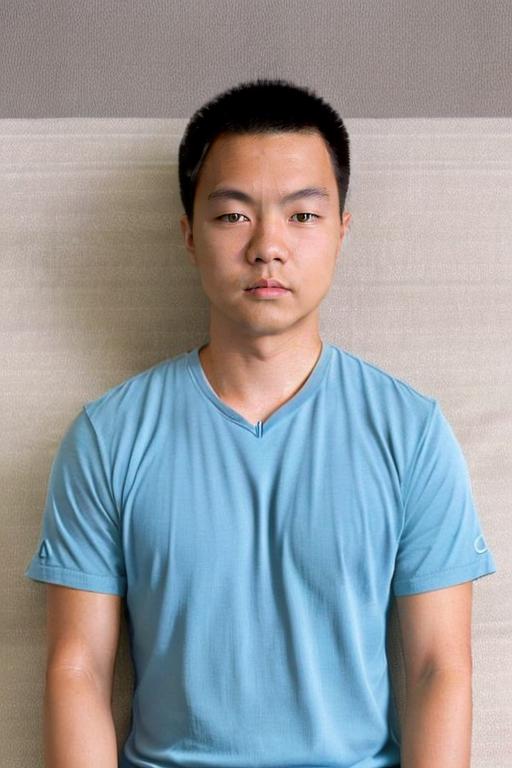
AWS Infrastructure & Scaling
One of the hardest challenges was moving from Google Colab experiments to production-ready AWS pipelines.
- Inference pipeline: built with an autoscaling group that monitors SQS queues, keeping warm instances ready for peak demand.
- Training pipeline: DreamBooth fine-tuning jobs running on AWS Batch, containerized with Docker and served via FastAPI.
We also set up monitoring dashboards, error alerts, and cost optimizations to keep the business sustainable.
| AWS Dashboard |
|---|
 |
Paris GenAI Hackathon
We also joined the Paris GenAI Hackathon, working on how to reduce the number of images required for DreamBooth fine-tuning.
This turned into a mix of literature review and experiments with the latest models in:
- Pose transfer
- InstructPix2Pix
- Lighting adaptation
- Background matting
Example result (Prompt: Wearing a red suit at Cannes):
| Visualization |
|---|
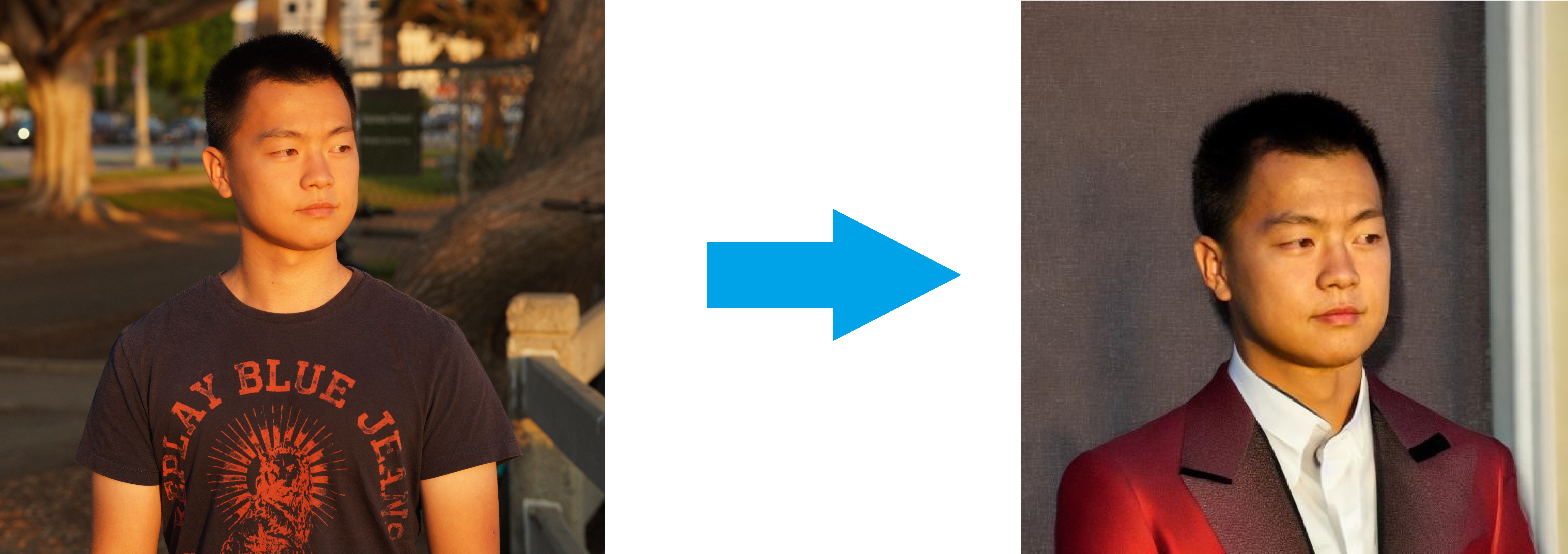 |
Multi-Person Image Generation
Another research direction was group photo generation. This required merging multiple DreamBooth embeddings, handling segmentation, and conditioning models like CLIPSeg and ControlNet.
Here are some outputs:
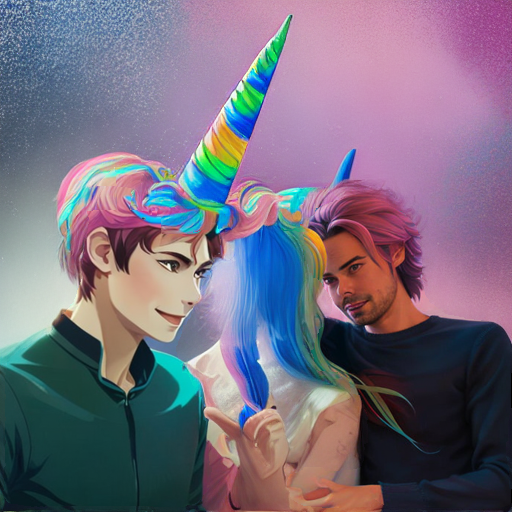 |
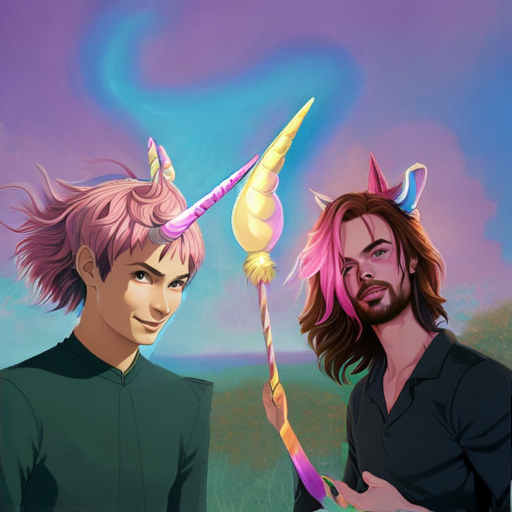 |
 |
|---|---|---|
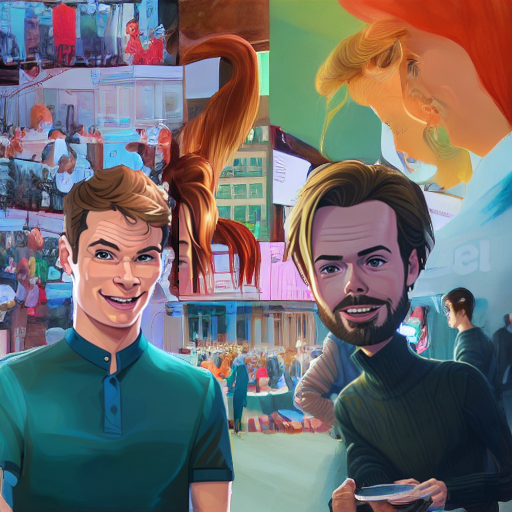 |
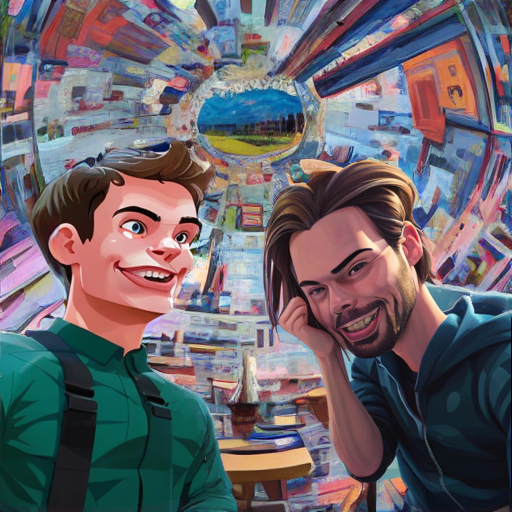 |
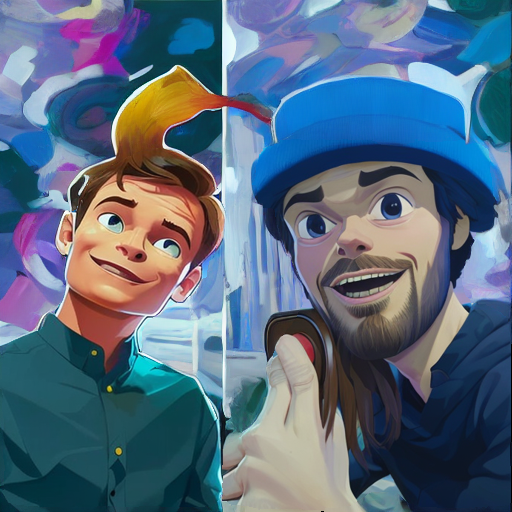 |
Reflections
Founding Photogen AI was my first dive into entrepreneurship. Beyond the technical excitement, it was about building a product, serving users, and putting research into production.
I realized that moving from research papers to a working business requires much more than just clever code: you need infrastructure, user experience, scalability, and cost control. I guess our biggest mistake was to not have a clear business plan and to build the product early without having any customers.
It was a short but intense adventure, and one of the most valuable learning experiences of my gap year.
-
Previous
Diagnostic Learning Differences with AI at Polygon Technologies -
Next
3D Surgery Tools Tracking from Single RGB Camera at Stryker